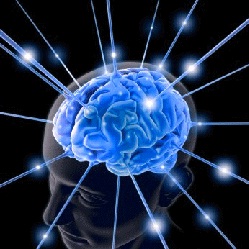One does not become enlightened by imagining figures of light,but by making the darkness conscious. — Carl Jung
San Francisco, CA (USA) — Whenever Buddhism has spread to another culture, it has interacted with the belief systems of that culture, resulting in the development of something new. Today the main site of interaction within the West is not Judeo-Christianity but psychology, a conversation that has led to innovative types of psychotherapy and, most recently, to the extraordinary success of the mindfulness movement.
 There is already a large and rapidly growing literature on the relationship between Buddhism and psychotherapy. Many Western-trained therapists have become Buddhist practitioners, and incorporate contemplative techniques into their therapy. Some of them have also become authorized as Buddhist teachers. Buddhism is providing new perspectives on the nature of psychological well-being, and new practices that help to promote it.
There is already a large and rapidly growing literature on the relationship between Buddhism and psychotherapy. Many Western-trained therapists have become Buddhist practitioners, and incorporate contemplative techniques into their therapy. Some of them have also become authorized as Buddhist teachers. Buddhism is providing new perspectives on the nature of psychological well-being, and new practices that help to promote it.
On the other side, more than a generation of Buddhist practice by committed Western students has made it apparent that meditation by itself is sometimes insufficient to resolve deep-rooted psychological problems and relationship difficulties. In its own short history the psychotherapeutic tradition has gained considerable insight into the mechanisms of denial, rationalization, repression, projection, and so forth, which can help us understand how Buddhist practice sometimes goes wrong–for example, the complicated transference/countertransference that can distort the relationship between therapist and client (or between teacher and disciple).
Transference, as originally defined by psychoanalysts, is the unconscious tendency of a patient to take emotions and behavioral patterns felt toward one person (for example, a parent) and transfer them to another (such as one’s therapist or guru). Countertransference occurs when the therapist (or teacher) also gets caught up in that transference. If a spiritual teacher is surrounded by a coterie of devotees who look upon him or her as god-like, that is transference. When that teacher begins to agree with them, that is countertransference–a delusion incompatible with our usual understanding of awakening, but not uncommon.
– Source : buddhistchannel
– To read the end click here




